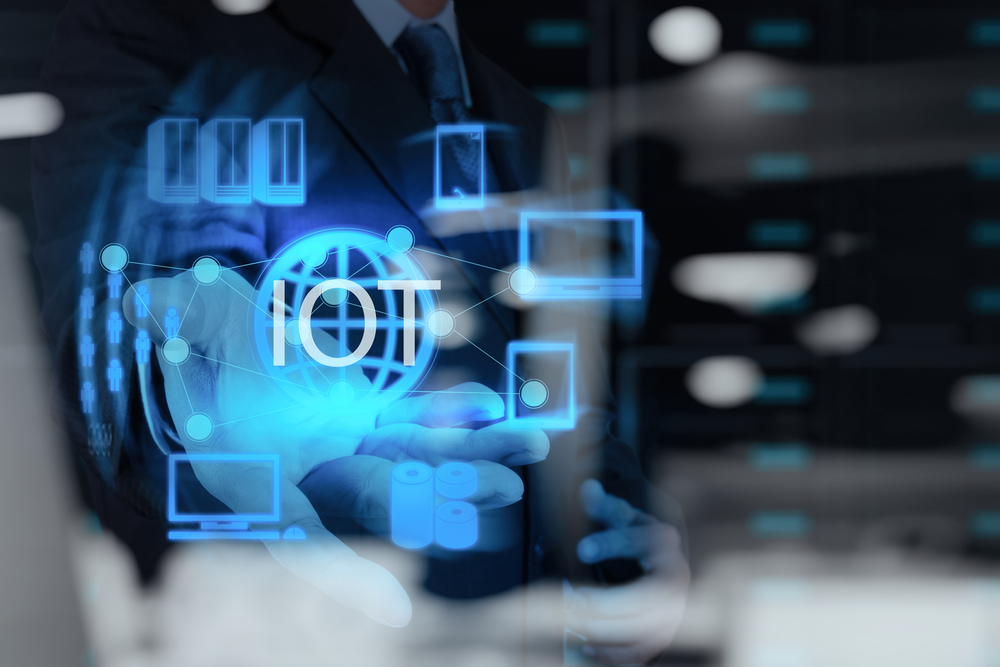The trend of digitalization driven by IoT shows no signs of slowing down in 2022.
With the growing potential of the internet, the natural evolution of technologies is bringing physical devices, ranging from simple objects to production plants, to interact with each other to exchange information and cooperate to perform tasks that would otherwise be impossible for a single device or machine.
The Internet of Things (IoT) in 2022 aims to increase connectivity between machines and equipment in order to better meet human needs.
The innovations expected in the production of goods and the provision of services are numerous. Wearable devices, supported by virtual and augmented reality, can be used to increase specialization and customization possibilities while minimizing production costs.
The innovations IoT is bringing to us include:
● Self-driving cars
● Self-guided manufacturing robots
● Remote-controlled medical devices to diagnose diseases and even treat patients
● Robotic processes introduced to ease the workload in logistics, administration, and human resources management These technologies enable the collection of larger volumes of data, faster connection speeds, and easier information sharing.
IoT Innovations for 2022
The medical sector, as we have seen over the past two years impacted by Covid, is the one that benefits the most from technologies that enable remote analysis and operation with great precision.  Many medical devices have already benefited from IoT and will continue to do so in 2022: blood measurement devices, health monitoring systems, pharmaceutical transport, home patient care, insulin injectors, defibrillators, oxygen pumps.
Many medical devices have already benefited from IoT and will continue to do so in 2022: blood measurement devices, health monitoring systems, pharmaceutical transport, home patient care, insulin injectors, defibrillators, oxygen pumps.
These devices can collect data to provide doctors with the information needed to operate with greater precision and improve patients' quality of life. These technologies are already proving useful for remote operations, reducing hospital costs, and optimizing treatment delivery times.
Thanks to their remote capabilities, these technologies help protect healthcare workers from infection risks without neglecting patient care. Furthermore, the capabilities offered by IoT make it possible to operate even in regions that are difficult to access due to the geography of the area.
In the manufacturing sector, these innovations can be used to: track employee movements, monitor workforce efficiency, predict market trends, improve safety, identify resources useful to company operations, adopt hybrid cloud models, as well as monitor machines and production plants.
 Companies can improve work quality by using IoT to check machine conditions and calibration to ensure that all components meet the required standards. IoT-driven technologies will help keep track of the state of products in storage, optimize their stay time, perform real-time inventory, and monitor processes that were once done manually.
Companies can improve work quality by using IoT to check machine conditions and calibration to ensure that all components meet the required standards. IoT-driven technologies will help keep track of the state of products in storage, optimize their stay time, perform real-time inventory, and monitor processes that were once done manually.
In the retail sector, IoT will make it easier to offer personalized shopping experiences and create smart stores.
But that's not all. The benefits provided by these technologies extend to entire cities. IoT technologies will help reduce energy consumption (e.g., for lighting systems) and enhance urban living. "Smart lights," for example, are designed to respond to actual lighting needs, producing light only when necessary, improving local energy budgets. Water, pressure, and temperature monitoring systems, for instance, can detect leaks and enable quick intervention, benefiting the community.
In today's technological landscape, IoT is the core of the innovation paradigm, and it's no coincidence that the Internet of Things market has seen exponential growth in recent years, with global spending already surpassing $750 billion. According to the latest estimates, it could reach $1.2 trillion in 2022.